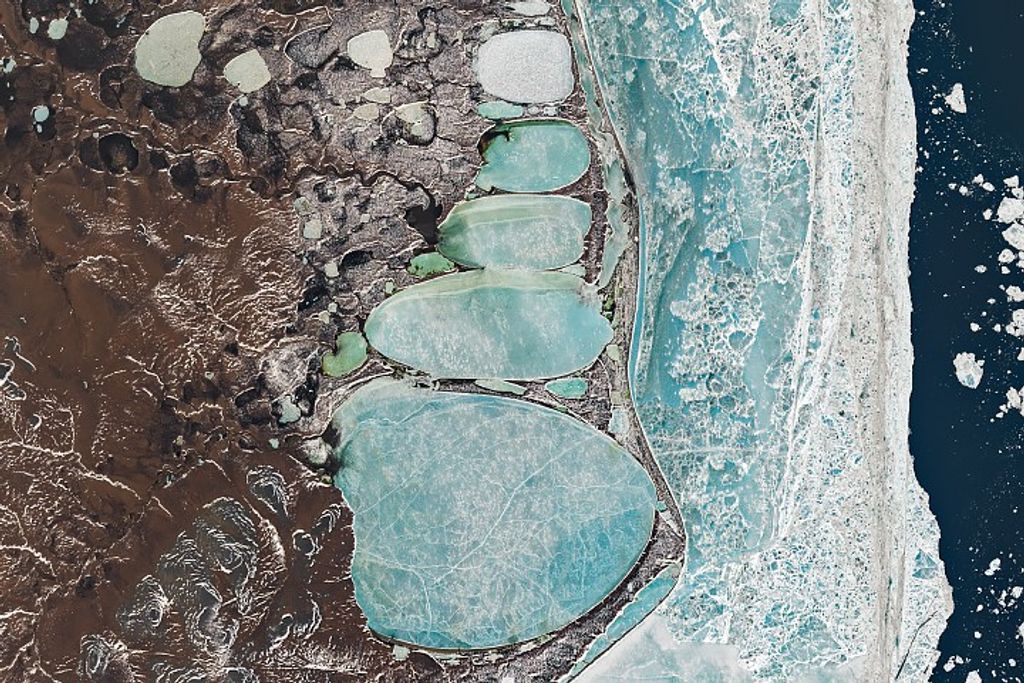Sylvia Johnson
Contents
Personal Essay
I was born in Sydney, Australia to a family that had a great interest in science.Although I have four brothers, I was the one most interested in pursuing a scientific career.However, that was easier said than done in those times in a country where women were not that common in science, especially in physical sciences and engineering.I attended an all girls high school, as was common at the time.What was uncommon was the dedication of the teachers, once they realized that there were a number of girls who wanted to study advanced chemistry, physics and biology.Fighting to teach these classes was a lesson for me to never give up! Extra classes every lunchtime and after school meant we could participate in those courses.Perhaps, watching the moon landing inspired me!
I have always been a bit contrary, so when we were give a careers’ ”newspaper” in school, I turned to the bottom right hand corner of the back page, where there was a very short paragraph on ceramic engineering.That “last place” career took my fancy and I signed up, not realizing that it would open up a whole world: materials. Materials science combines many disciplines plus some art and, even a little black art!
Becoming an engineer was not easy. At my girls only school, technical drawing (the prerequisite to Engineering 1) wasn’t a class offering.I struggled, but did learn that “if you keep at it, you will get there” (but please do not ask me to draw anything!).Despite my high school results, I was not given a specific ceramic engineering scholarship because I was a girl.This was told to me often and directly.At the end of the first year, ( I was the only girl in Ceramic Engineering)I wrote a letter to the scholarship committee, pointing out my grades, asking for the scholarship and informing them that I would not be coming to an interview, as I would be traveling, but fully expected to have the scholarship on my return.And it worked!
There were times as an undergraduate that I had to bite my tongue. A memorable occasion for me was when, after an exam, the class tutor asked me what grade I got. When I replied that it was an A, the tutor went around the whole class taunting all of the boys who got less than an A, saying they were “beaten by a girl!”My mostly male friends loved to remind me of that incident!
Change was on the way though, and in my final year when I went to speak to an Engineering 1 class, I thought I was in the wrong room.I was surprised to see so many girls.I will never forget the day I graduated with a first class honors degree, the first in that subject for a girl.The other women (students and parents) applauded so loudly and the memory of that support has stayed fresh in my mind.
I had always wanted to pursue graduate studies abroad, but had really only thought about the UK as the place.One day the guys were talking about a plan they had hatched in my absence to go the US to study.My two reactions were “how dare you leave me out!”and “what a wonderful idea!” In the end, the only person who went to the US was me. I had a job for a few months before I left and the company said they would call me a Technical Officer and would pay me appropriately.However, as they were not allowed to hire women in that category I was to be officially hired as a janitor!I still learned a lot, and realized that change comes in bits.
I chose to attend Berkeley for many reasons, a major one being that it did not snow.I did not know about the fog though.I loved attending Berkeley and met my husband there.Currently, he is a professor emeritus there and our daughter attended Berkeley for her undergraduate degrees.I stayed at Berkeley for a PhD, despite having told my mother I would only be gone 18 months.She did not believe me, of course, and has stopped asking when I am going back to Australia.
I knew that I could not teach, except for teaching sailing, (I spent a lot of time at the Cal Sailing Club!).I always wanted to do research and pictured myself in a lab.I was fortunate to get a job at SRI International in Menlo Park, CA.I quickly realized that most of my time would be spent writing proposals and overseeing others, although I did manage to get some lab time.At SRI, I was introduced to a wider world of materials as well as the business of materials.We had clients from all over the world, in areas from defense and energy to domestic products.I learned to think on my feet to come up with a solution based on knowledge and experience.I always tell people to take every opportunity they have and do very job, because you never know when it will come back to help you or where it might lead you.Many times in my career I have said, “hang on, this is just like such-and-such that we did back when.”
After 18 years at SRI, two children, and lots of experience, I was approached by NASA and offered a position as Chief of the Thermal Protection Materials and Systems Branch at the agency’s Ames Research Center.At first, I was unsure about the role, as my experience was not in thermal protection materials.However, I did accept and spent almost 10 years in that position, before moving to my current job. I am proud of many things from that time: the great people, the labs and the expertise that we built together, and the quality of the technical work.I personally was involved in ultra-high temperature ceramics (UHTCs). At Ames, we led the revitalization of this research field, which has grown to include researchers from all over the world.
I have always been interested in the general field of materials, education, business and policy.I was a member of the National Materials Advisory Board (part of the National Research Council) in the 1990s and still participate in studies. My professional society, the American Ceramic Society, has provided me with technical opportunities, leadership experiences, and a wealth of very good friends.
When asked what advice I might give to someone, it is always the same: see and take the opportunities, and if you fall down, pick yourself up, dust yourself off, and start all over again.Fight for what you want.Be firm, be kind, be polite—it always pays off!Remember that your family and friends are forever; nothing else is.
Biography

Dr. Sylvia Johnson came to NASA Ames Research Center in March 2000 and held the position of Chief of the Thermal Protection Materials and Systems Branch until 2009, where she was recognized for contributing to substantial technical and facility improvements. Currently, Dr. Johnson is the Chief Materials Technologist, of the Entry Systems and Technology Division. Before joining NASA, Dr. Johnson spent 18 years in research at SRI international, (SRI), where she held many positions, including the Director of Ceramic and Chemical Product Development. At SRI, she broadened her experience in materials research and development for a variety of materials and worked with industry, government, domestic and international clients. Dr. Johnson is a recipient of the 2011 James I. Mueller Award from the American Ceramic Society and was inducted into the World Academy of Ceramics in 2014. She will deliver the Edward Orton Jr. Memorial Lecture for the American Ceramic Society in October 2015 and will be featured in the book, Women in Ceramics, (2015). In addition to many lectures she’s given on technical and research topics, Dr. Johnson has published over 50 papers, edited two books, and received 6 U.S. patents. Dr. Johnson received a Bachelor of Science (Hons) in Ceramic Engineering from the University of New South Wales (Sydney, Australia), a Master of Science and a Doctorate in Materials Science and Engineering from the University of California, Berkeley.
























